
Light is such an important part of our lives that more and more people are looking to further their understanding of it, either through self-education or by seeking the guidance of experts. There’s so much to get from a lighting design degree: colour theory, the influence of light in our circadian rhythms, how light diffusion works, the materials and the perfect light for them, and much more.
Read on to discover some of the best lighting design schools, courses and universities.
Ryerson University’s School of Interior Design pushes students to engage in experimentation and academic research, combining both approaches to help them grow and discover themselves in design. Recognized by many as one of the top international design schools, RSID aims to prepare the leaders of tomorrow in each design field.
Their Lighting Specialization program is fully online and intended for those who already have some background in other areas of design, such as interior design and architecture. This specialization is meant to acclimate designers to new legislations that limit energy budgets, which are probable to get more serious as time goes on. This environmentally conscious approach to education is supported by the possibility of getting in touch with professional lighting designers through a final project that will not only enrich the students’ curriculums but also give them hands-on experience.
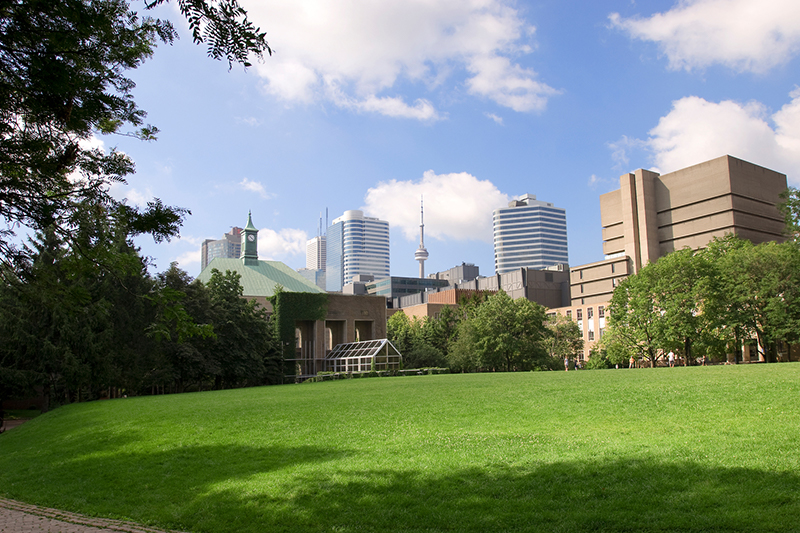
The Parsons School of Design is widely considered the best design school in the United States and one of the best worldwide, having always sought inspiration from the transformative potential of design. With groundbreaking academic programs that take on an interdisciplinary approach complemented by the cultural and artistic richness of New York City.
Parson’s Lighting Design program was the first of its kind ever to be created in the world, more than 45 years ago. Such a long and pivotal history means that some of the leaders in the lighting design field have come directly from here – who knows, maybe your favourite designers studied here! The foundation of the program is the intellectual, aesthetic, and technical qualities of light, which are complemented by the social impact, human experience, and sustainability of lighting design. If New York, rich artistic history, and a comprehensive study of light are what you are looking for, then Parson’s must be calling out for you: our advice is to follow since you’re sure to get everything you need (and more) to be able to leave your mark in the lighting design world.
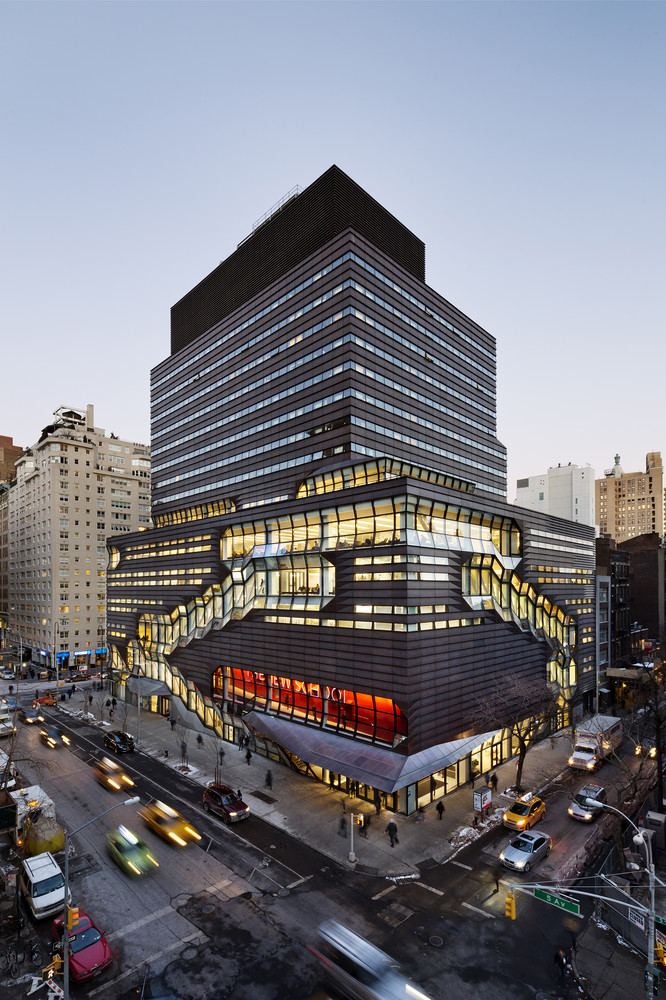
POLI.design is the design school founded by the Politecnico di Milano, right in the middle of one of the capitals of design. The allure is obvious: Italy, one of the very best schools of design, and an electric combination of art and culture. Apart from this, the design programs are widely known as part of the world elite in the field, all due to the incredible faculty, comprehensive teaching methods, and the array of opportunities that open up for the students.
Poli Design’s Master in Lighting Design and Technology strives to train professionals able to follow the design procedures of lighting, making sure that their students are well acclimated with the various methodologies of conception, organization, and implementation. This Master understands how impactful light can be in our well-being, in how we communicate with others, and in how we view the world. If your passion is the influence of light on humans and how it can affect businesses, relations, and any human activity sectors, plus if you would love to spend your study sessions in an Italian library with a cappuccino, then we invite you to further check this one out.

The Wismar University planted its roots in Germany in 1908 and has since been growing its majors and influence. The original design school was set on Germany’s seaside, which was surely beautiful, but when it was transferred to the Wismar campus it truly began to bloom. The international environment and interdisciplinary possibilities allowed the Hochschule Wismar to grow into what is now one of the best in the world.
Their Master in Lighting Design is fully taught in English and promises a wide range of nationalities, so your peers will be of great influence to your learning and great collaborations are to be expected. The teaching is divided into theoretical and practical courses, and students are presented with the various impacts and possibilities of both artificial and natural light in architecture and social spaces. Apart from this, the effects of light in humans are thoroughly studied, so that students are given all the information they need to make the best lighting designs possible. Knowing this, if you are someone who loves diversity, socializing with people from other countries, and having a collaborative and comprehensive education, our tip is to go for this one!
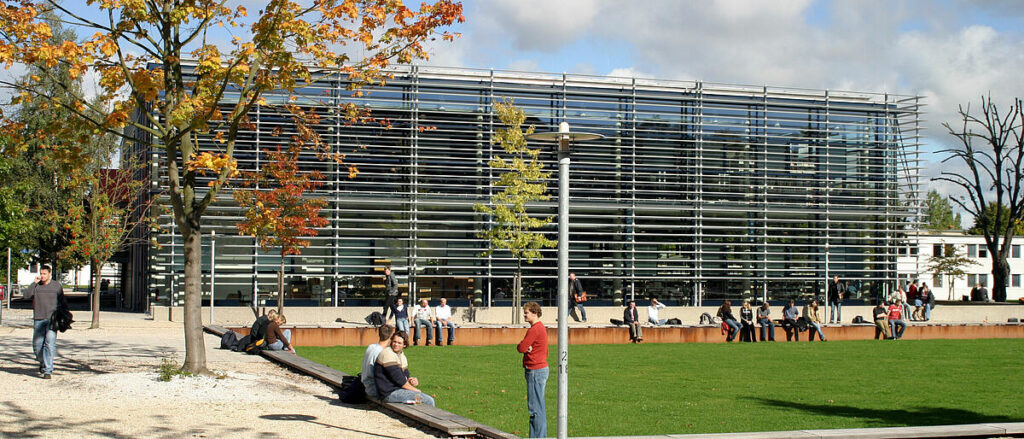
The KTH is one of the largest institutions in Sweden for technical education and research, attracting students and professionals from all over the world. Their technical focus makes them one of the most important contributors to the innovation of design fields. This prestigious position is sure to be maintained as KTH focuses more on sustainability and ecological challenges.
KTH Royal Institute of Technology offers a Master’s in Architectural Lighting Design, one of the best out there. The program researches the influence of light on the human body and psyche, trying to find the best ways to enhance how we benefit from light. This Master’s is meant for those who already have an understanding of light planning and how to work a project so that students can truly grow their understanding of this almost magical element.
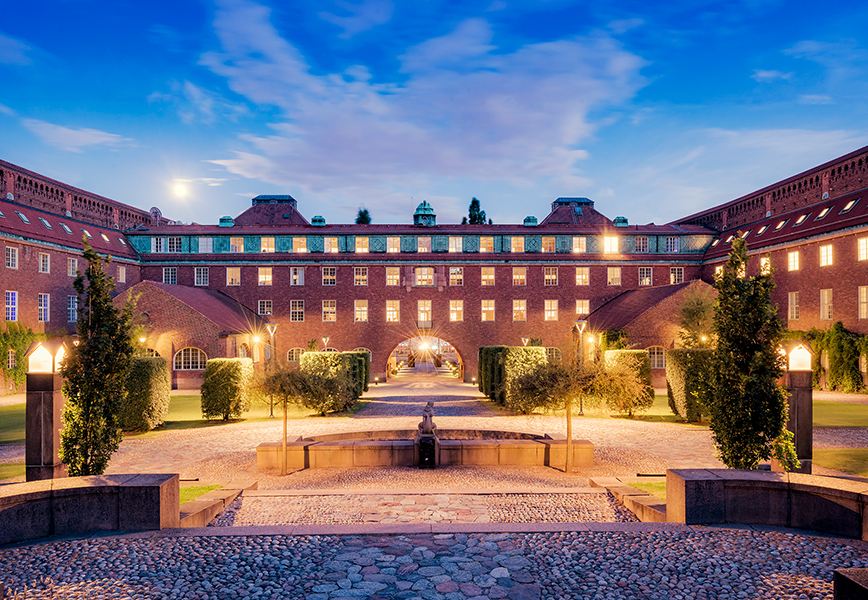
The University of Technology Sydney has been sharing its knowledge and producing leaders in the many fields society depends on (such as design, obviously) for more than 170 years, making it a proud member of the top 20 universities in the world.
Their Master in Architectural Science (Illumination Design) mixes strong technical subjects with human perception, creating a long curriculum where technology, lighting qualities, and sustainability are the stars. If you decide to apply and end up enrolling, you can expect to gain a newfound respect for the many ways light shapes our experience of both the world and the built environment.
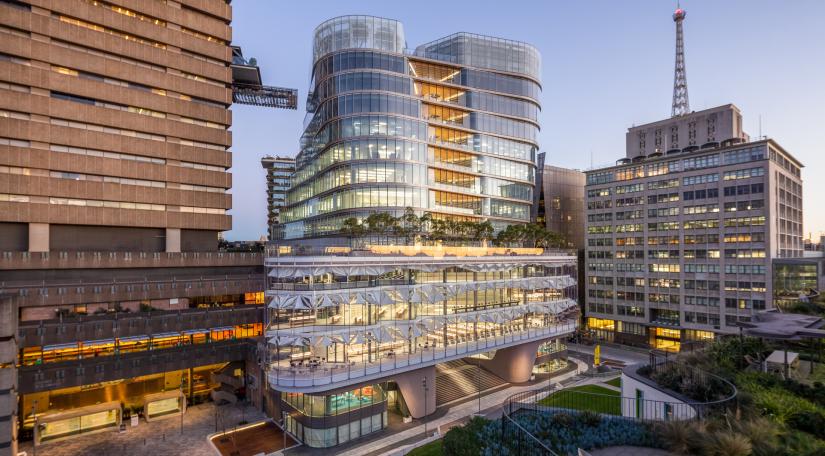
Are you familiar with CalTech? Well, let us introduce you to CalArts, or in its most formal self the California Institute of the Arts, which has been educating professional artists since 1970. Known as one of the best arts schools in the United States, CalArts strives to foster creative excellence, critical reflection, and the development of new forms and expressions in their students.
Their MFA in Lighting Design curriculum centres on developing critical and practical skills in immersive lighting design, lighting technology and platforms, and strategies for live performance across a wide variety of creative arenas. Students are taught how to understand the physiological and psychological effects of light in addition to other scientific principles of phenomenology. Everyone is pushed into finding their voice and aesthetic, ending their time in CalArts with a lot of experience in production work and a vast portfolio.

Aalborg University is known in the lighting design realm as one of the best universities to study light and how to channel it to our benefit. The university’s core objective is to discover which are the greatest challenges society and the various academic fields it teaches face, striving to provide sustainable solutions consistently.
They offer an MSc in Lighting Design which covers both artificial and natural light, intersecting it with architecture, media technology, and engineering – quite interdisciplinary. What makes this specific Master unique is its base in Danish and Nordic traditions for light perception, which means they not only focus on the technical qualities of light but also on the aesthetics and comforts it provides.
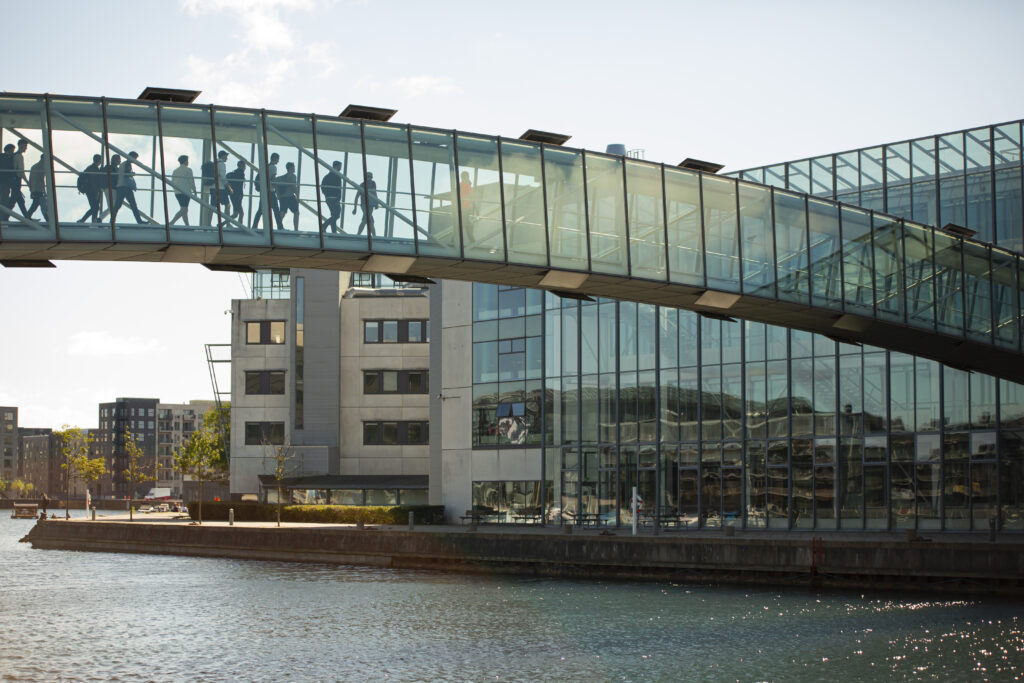
The University of the Arts London is ranked second in the world for Art and Design, as per the 2022 QS World University Rankings. It offers a wide variety of courses ranging from design, fashion, communication, performing arts, and many others, so it’s no surprise that its MA in Interior and Spatial Design covers many of these artistic fields.
Their MA in Interior and Spatial Design explores how design can challenge world issues and drive positive social change, empowering their students with real-world experiences through their global and regional partners. Light is studied here concerning space and interior design, being completely dissected in the way it interacts with a room and how it affects us. This MA can, in the end, make you rethink your entire approach to design and light, as it covers so many fields and interconnects them with each other.
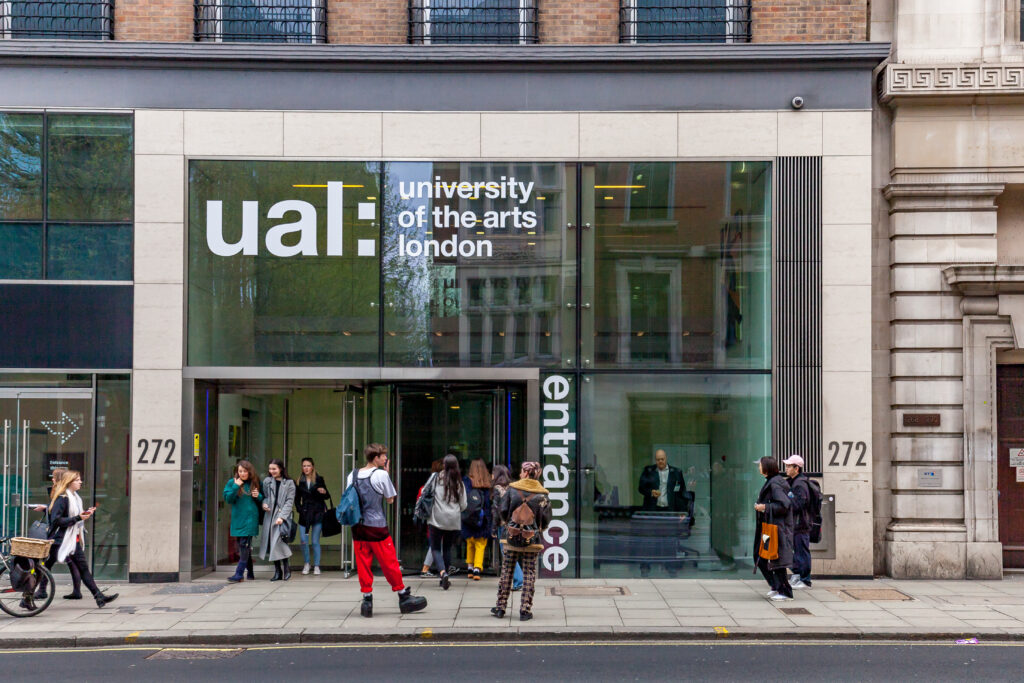
The UCL was founded in 1826 in the heart of London and is considered the most multidisciplinary and international university in the country. Here, progressive approaches, leading experts as professors, and a diversity of peers are sure to give you a boost of creativity and make you see design in a whole new light.
Their MSc in Light and Lighting mixes the human experience with the technical and creative sides of lighting design. It was created in 1987 and has produced some of the world’s leading lighting engineers and designers. From indoor comfort to outdoor safety, light is used to find a solution to society’s issues, making UCL’s students some of the most prepared to tackle any challenges that might appear in the future.